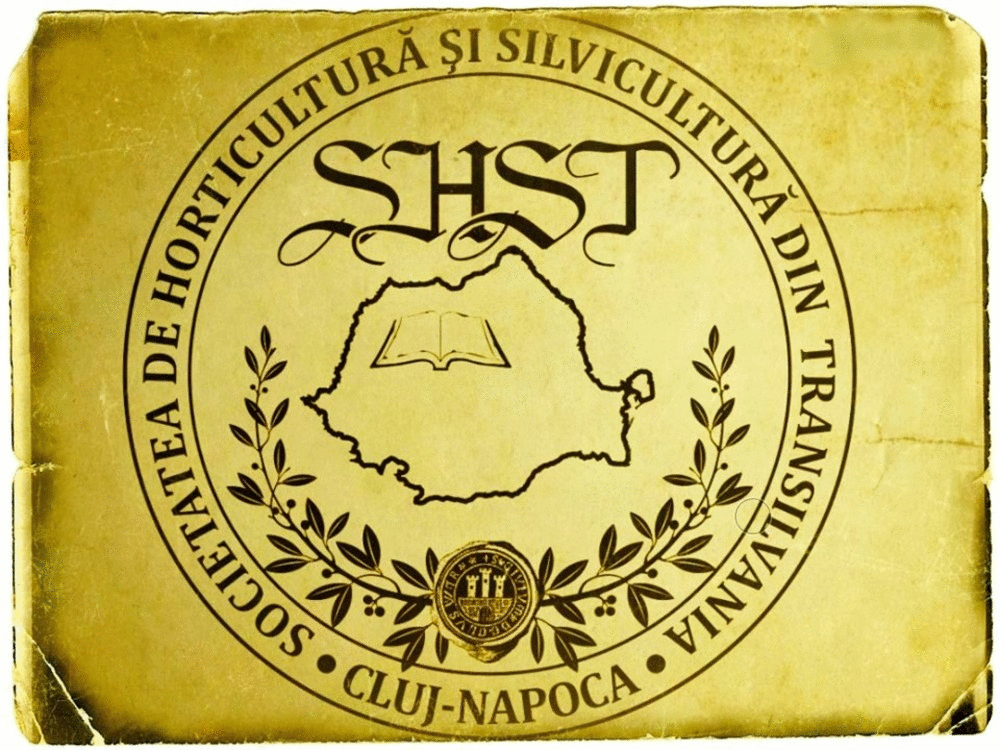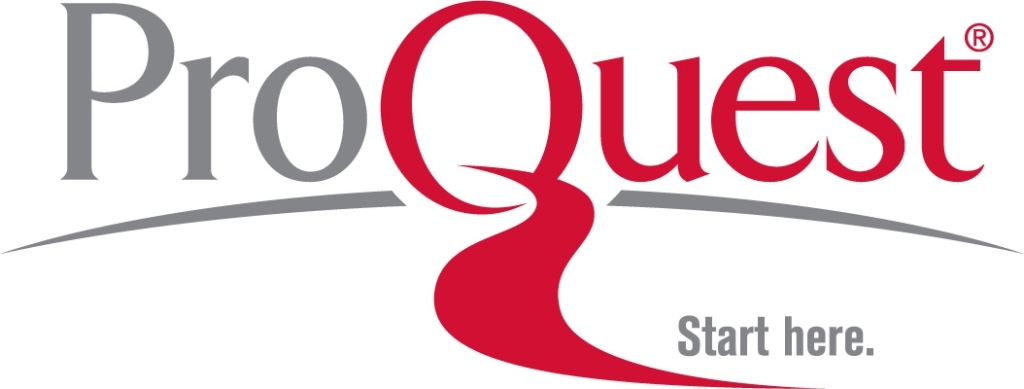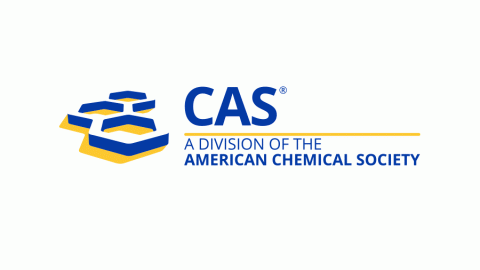Micropropagation and Microrhizome Induction in Costus pictus D. Don Using In Vitro and Ex Vitro Nodal Segments as Explant
DOI:
https://doi.org/10.15835/nsb427303Keywords:
anti-diabetic; bud-break; Costus pictus; microrhizomes; nodal segmentsAbstract
Costus pictus D. Don is a potent anti-diabetic plant used in folk, ayurvedic and homeopathic system of medicine. Gene and protein expression of key targets in insulin signaling pathway have revealed that methyl tetracosonoate, a bio-active molecule from Costus pictus extract has anti-diabetic activity. The axillary buds of Costus pictus are dormant. The dormancy of axillary buds were broken when cultured in Murashige and Skoog (MS) medium supplemented with 3-4 μM 6-benzylaminopurine (BAP) in combination with 0.2-1 μM naphthalene acetic acid (NAA). The highest bud-break percentage was achieved in those supplemented with 0.6 μM NAA and 3 μM BAP. The sprouted axillary buds were transferred onto medium supplemented with 0.6 μM NAA and 6-10 μM BAP for shoot multiplication. The maximum average number of shoot was achieved in medium supplemented with 0.6 μM NAA and 8 μM BAP. The shoots were successfully rooted when transferred onto media supplemented with 1-12 μM NAA or indole-3-acetic acid (IAA) and 3 μM BAP. The maximum number of roots was found in 8 μM NAA and 3 μM BAP. The dormancy of in vitro axillary buds were also successfully broken in stems from which shoot apex were decapitated and cultured in MS medium with 0.6 μM NAA, 7 μM BAP and 5-13% sucrose. These sprouted in vitro axillary buds could be used as secondar y explants for shoot multiplication. The maximum was in medium supplemented with 9% sucrose. Rhizomes were successfully induced when 4-month old plantlets were cultured on ½ strength MS medium supplemented with 2.4 μM NAA, 32 μM BAP and 5-13% sucrose. Microrhizomes formed in 9% sucrose was largest in size with highest average fresh weight.
Metrics
Downloads
Published
How to Cite
Issue
Section
License
Papers published in Notulae Scientia Biologicae are Open-Access, distributed under the terms and conditions of the Creative Commons Attribution License.
© Articles by the authors; licensee SMTCT, Cluj-Napoca, Romania. The journal allows the author(s) to hold the copyright/to retain publishing rights without restriction.
License:
Open Access Journal - the journal offers free, immediate, and unrestricted access to peer-reviewed research and scholarly work, due SMTCT supports to increase the visibility, accessibility and reputation of the researchers, regardless of geography and their budgets. Users are allowed to read, download, copy, distribute, print, search, or link to the full texts of the articles, or use them for any other lawful purpose, without asking prior permission from the publisher or the author.













.png)















